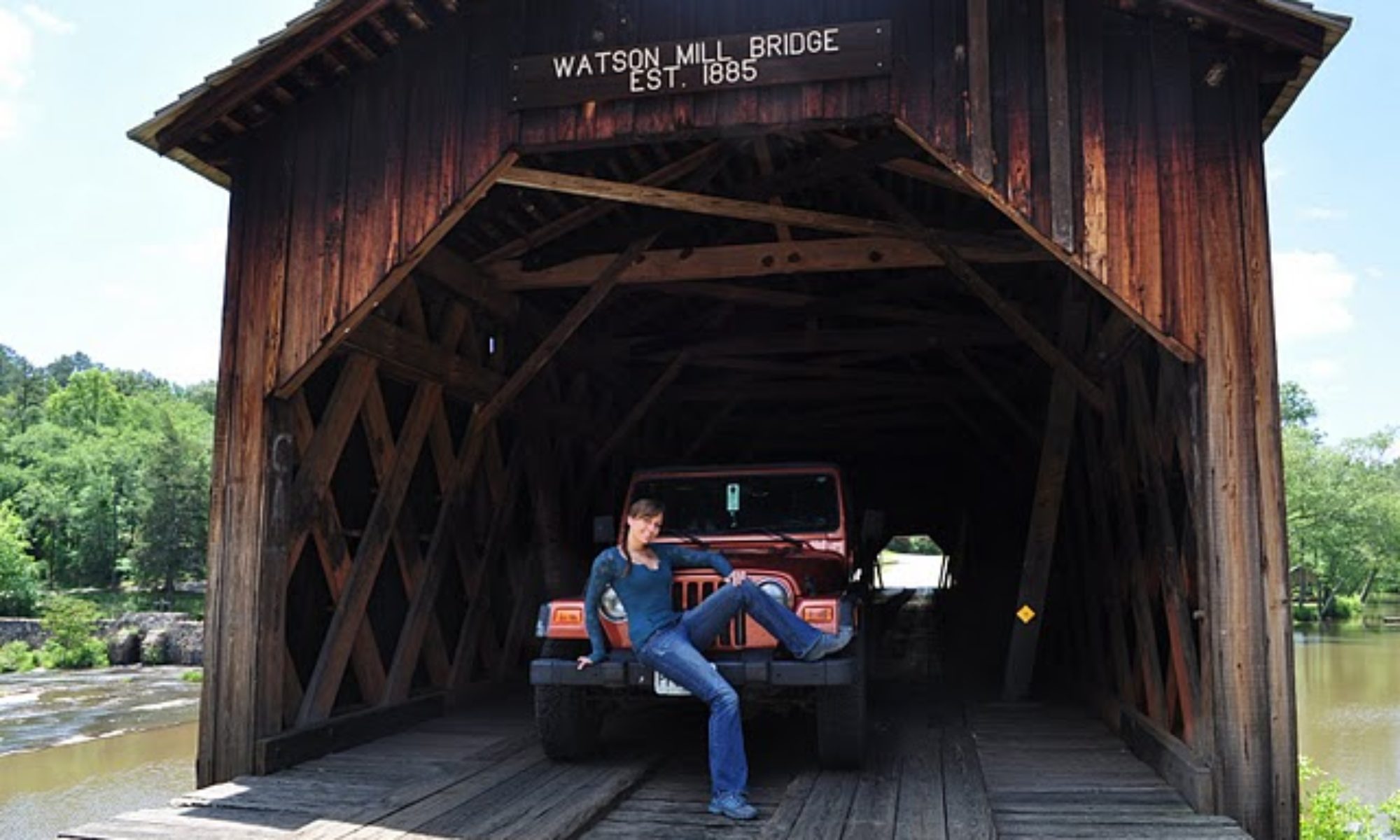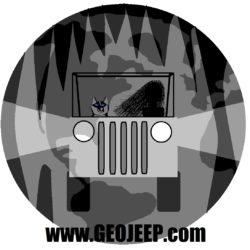The damp, earthy smell. The cool, slow moving air. The lights struggling, and failing, to reach into all corners of this limestone underworld. Caves are familiar territory, it feels like home. The tour guide giving the stereotypical “Do Not Touch” speech, the explanation of the twilight zone, a touch rock to “get it out of your system”, and the story of how the cave was discovered. All of these things are in a cave tour, uniting all the caves into a broad category. One of my favorite parts is when the tour guide shows all the visitors what the “Natural Cave Light” looks like, when people gaspy and children hold on tightly to their parents.
To the untrained eye, all caves are the same. They are all damp, dark environments that descend into the Earth’s depths. Of course they all have similarities, they are all called caves for a reason, but every cave is different. They have different levels of speleothem development, different types of passages, different types of limestone or dolomite, and more. Even within the same cave there can be several different broad categories of passageway, and Mammoth Cave is a great example of this.
Mammoth Cave’s passages can be divided into three main types: The large, oval shaped passages developed in the phreatic zone, the large, more angular passages developed in the vadose zone, and the tall, canyon-like passages developed during times of fast-flowing water, often confined by natural jointing in the limestone. On the Grand Avenue tour of the Mammoth Cave you get to see all three.
One thing I had read about, and have studied pictures and specimens of, but never seen in person were gypsum flowers. These crystals “grew” abundantly in the passages that develop in the phreatic zone (The phreatic zone is termed the “unsaturated” zone, the area of the cave that was developed with some airspace still present. These passages tend to have rougher edges, since the water cut downwards as it flowed through these passages). Gypsum crystals, and their more ornate, developed flowers, form best in dry areas of the cave. The passages formed in the phreatic are usually perfect for this, since the water has, over time, found a new passageway deep beneath this one and left it “high and dry”. The crystals grow relatively fast (geologically speaking), as I saw many instances where someone had carved their name into the cave ceiling and the crystals have begun to grow in these cracks, the former graffiti artist’s name forever in the cave as the crystals adorn the scrawl.
The snowball dining room in Mammoth Cave actually has a cafeteria, where people are encouraged to buy (overpriced) lunches to fuel them for the rest of the journey. The snowball dining room is so named because it has gypsum growing in “balls” on the ceilings and walls, making it look like someone has thrown snowballs around in the room. The bathrooms in here use artificial walls, but a natural cave ceiling that just happened to be the perfect height tops off the room.
The next area you will travel through on the Grand Avenue tour are narrow, tall, winding passages that make you feel like you are wandering around the bottom of a steep canyon. The area, much like the rest of Mammoth Cave, doesn’t have a whole lot of speleothem development. It does have a few areas where water is flowing, and a deposit called Martha’s Vineyard, and a few stalactities and flowstone. For the most part, this area is dry.
After the canyon-like passages you will entire an area that is very similar to the Mammoth Passages tour: The big, rounded, open passageways that were formed in the phreatic zone (the phreatic zone is that which is completely underwater, and the passageways indicate this by the way they are rounded, oval shaped- showing that the entire passageway was smoothed by water erosion from top to bottom).
At the very end of the 4.5 hour tour, which gives you a very good workout as you climb up and down hundreds of stairs and steep hills, you enter one of the areas that is rare in the Mammoth Cave system: The well-developed speleothems. This area of the cave is located against a valley, where the sandstone cap is no longer present since it was taken away by erosion. This allows more water to percolate through the limestone, saturated with dissolved calcite, and redepositing on the ceilings, walls and floors.
The Mammoth Cave Grand Avenue tour ends by exiting through a revolving door, used to help preserve the high humidity that is present in this last portion of the cave. While you have just spent 4.5 hours underground, it is hard to believe you have only seen a very small percentage of the cave. There are hundreds of miles of passageway closed to the public, and perhaps even more miles that have yet to be discovered.
Caves are the ultimate “last frontier”, one of the few places on Earth that have yet to be discovered in whole. Each one of these is unique, and you never know what you are going to discover. I intend to collect as much cave experience as possible, which means checking on cave off my list at a time. Everytime I enter a cave I learn something new about them, see something I have never seen specifically before. The subtle differences are beginning to be more stark to my ever-training eye. I can’t wait to see more.
Tomorrow I head back home for a few days, then I will be heading on my Western loop. I can’t wait to see what the caves of the West have to offer me. I have been to 8 caves thus far on this trip…and I have many more planned, and probably many more unplanned, to visit.
Stay tuned!
Nicole

